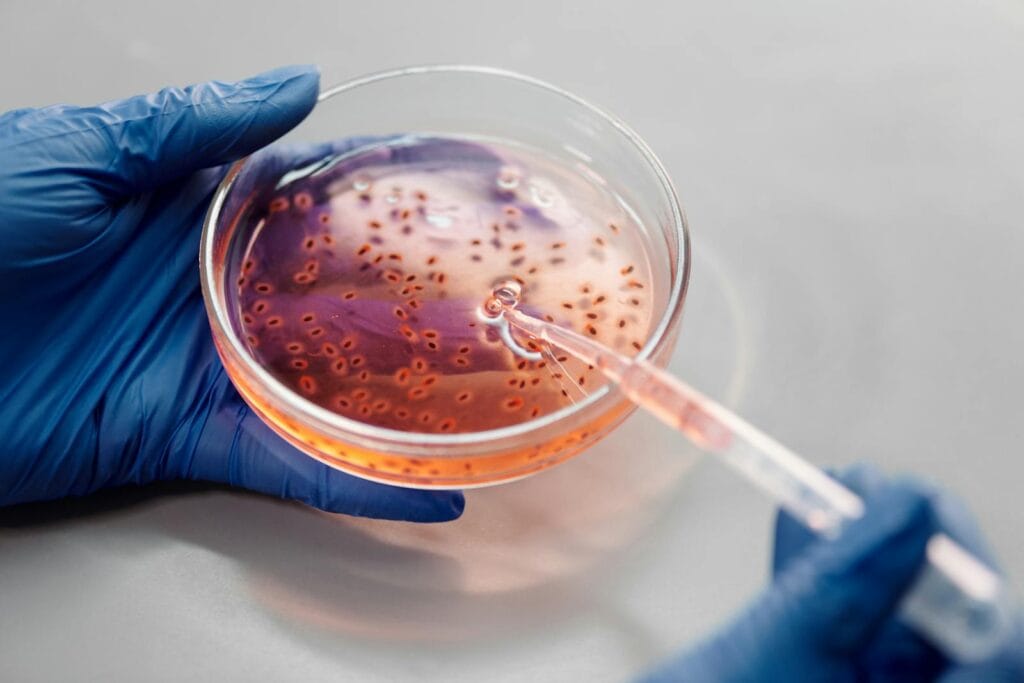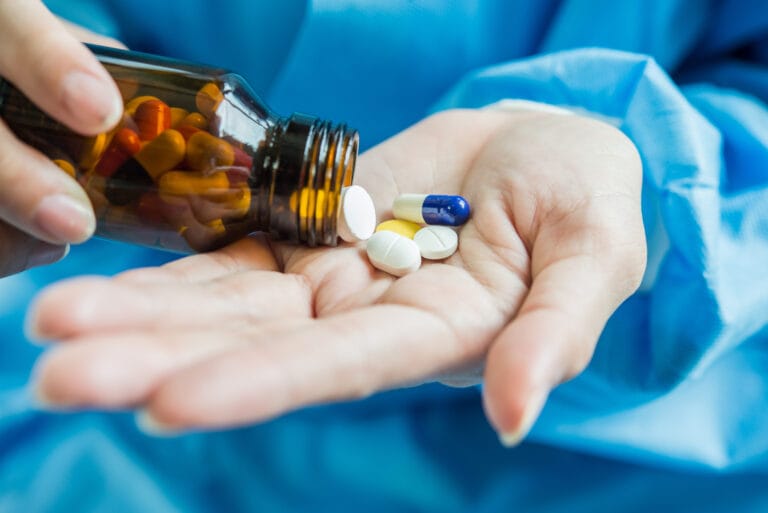
4 Accurate Methods for Antibiotic Sensitivity Testing

Antibiotic therapy requires a precise and specific treatment regimen targeting particular microbes to prevent the development of antibiotic resistance. To ensure the success of such therapy, antibiotic susceptibility testing (AST) should be conducted before administering treatment. The purpose of AST is to determine the effectiveness of a given antibiotic in inhibiting or killing bacteria responsible for infections.
This test is performed on clinical samples such as blood, sputum, urine, feces, or other specimens containing pathogenic bacteria. Various methods can be used for AST, including:
- Disc Diffusion Method
- Agar Dilution Method
- Automatic and Semi-Automatic Methods
- Molecular Based Testing Method
Read more:
The Dangers of Antibiotic Resistance! The Importance of Following Prescribed Dosages
1. Disk Diffusion Method
The disk diffusion and agar dilution methods are considered classical AST techniques. These methods focus on observing the visible characteristics of bacterial cultures when exposed to specific antibiotics. In the disk diffusion method, filter paper disks impregnated with antibiotics are placed on an agar medium previously inoculated with the bacterial strain.
The antibiotic then diffuses into the agar and inhibits bacterial growth in its vicinity. While this method provides qualitative information on whether bacteria are susceptible, intermediate, or resistant to a particular antibiotic, it does not determine the minimum inhibitory concentration (MIC) of the antibiotic.
2. Agar Dilution Method

The agar dilution method is performed by incorporating a series of diluted antibiotic concentrations into solid or liquid media containing the test bacteria. Using this method, the minimum inhibitory concentration (MIC) of the antibiotic can be determined by observing bacterial growth at each concentration level. The lowest antibiotic concentration that prevents bacterial growth is considered the minimum threshold for antibiotic effectiveness.
Both the disk diffusion and agar dilution methods have limitations, particularly in terms of turnaround time. These methods typically require 18–24 hours or even up to 48 hours to obtain results. Additionally, before testing, bacteria must first be isolated and identified, which adds extra time to the process. This delay can pose a significant challenge in severe infections that require immediate antibiotic intervention.
3. Automated and Semi-Automated Testing Methods
To overcome these time constraints, faster testing methods have been developed, including automated or semi-automated and molecular-based techniques. Automated and semi-automated testing methods utilize optical systems to detect subtle changes in the test medium, allowing for real-time analysis of bacterial growth. These methods significantly reduce the turnaround time, delivering results within 6–12 hours. Several widely used automated and semi-automated systems include VITEK 2, MicroScan WalkAway, and the Phoenix system.
4. Molecular-Based Testing Methods
Meanwhile, molecular-based testing methods work by directly detecting specific resistance genes, as well as mutations or gene expression associated with antibiotic resistance. These methods provide even faster results, typically within one to several hours.
Perform antibiotic susceptibility testing at a reputable laboratory to obtain accurate and reliable results. Through this test, professionals can understand bacterial sensitivity patterns to antibiotics in a specific region, making it easier to select the most appropriate and effective antibiotic for patients.
Furthermore, data from antibiotic susceptibility testing also helps policymakers and health authorities review empirical treatment based on resistance trends. With increasingly sophisticated testing methods, susceptibility testing at a reputable laboratory is a crucial step in addressing and preventing future antibiotic resistance.
Author: Devira
Editor: Sabilla Reza
References:
Brunton, L. L., Lazo, J. S., & Parker, K. L. (Eds.). (2006). Goodman & Gilman’s: The pharmacological basis of therapeutics (11th ed.). McGraw-Hill.
Gajic, I., Kabic, J., Kekic, D., Jovicevic, M., Milenkovic, M., Mitic Culafic, D., Trudic, A., Ranin, L., & Opavski, N. (2022). Antimicrobial Susceptibility Testing: A Comprehensive Review of Currently Used Methods. In Antibiotics (Vol. 11, Issue 4). https://doi.org/10.3390/antibiotics11040427.



